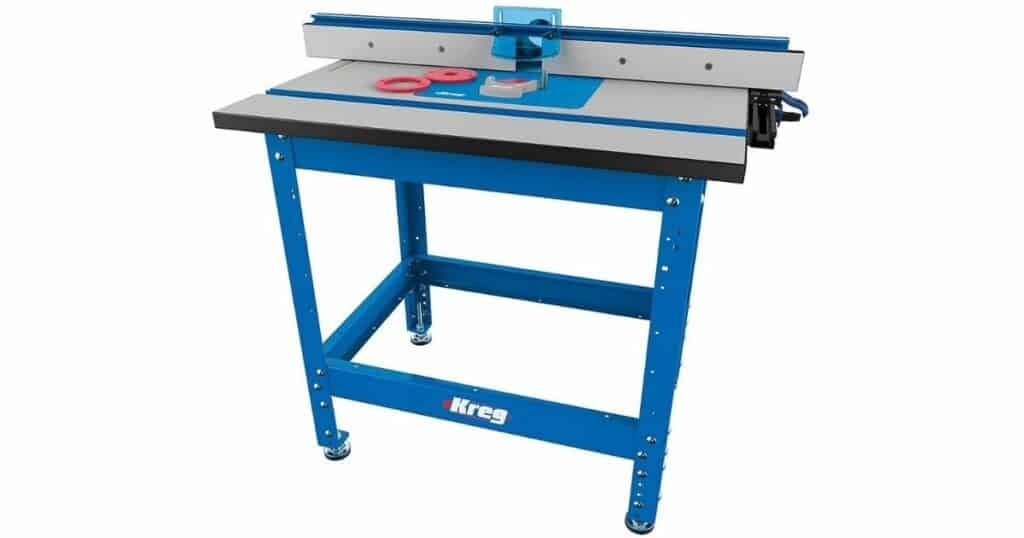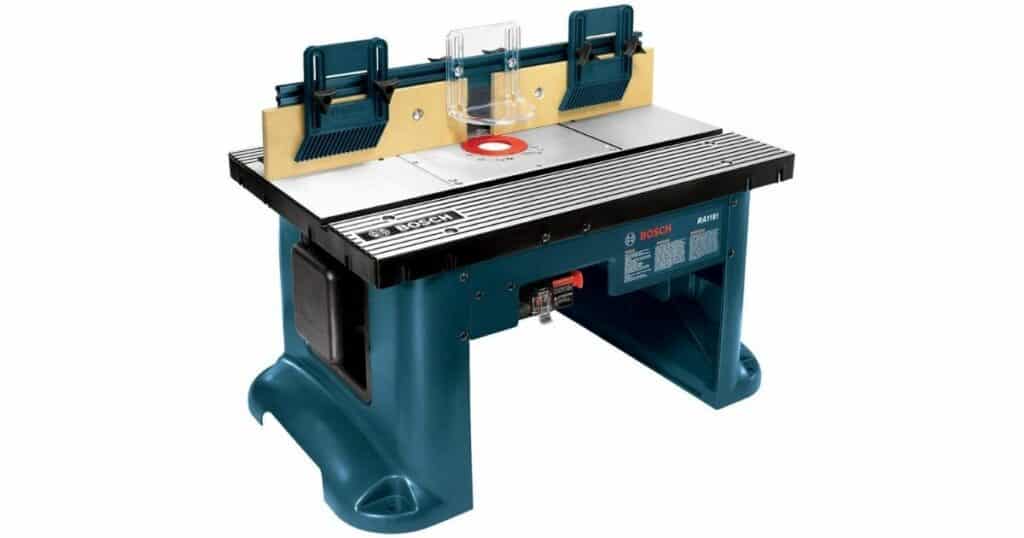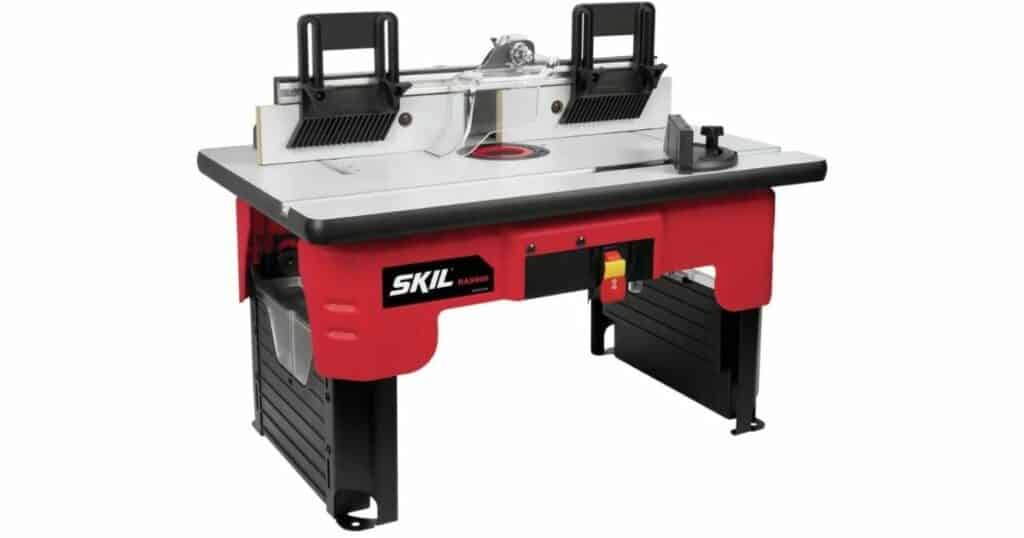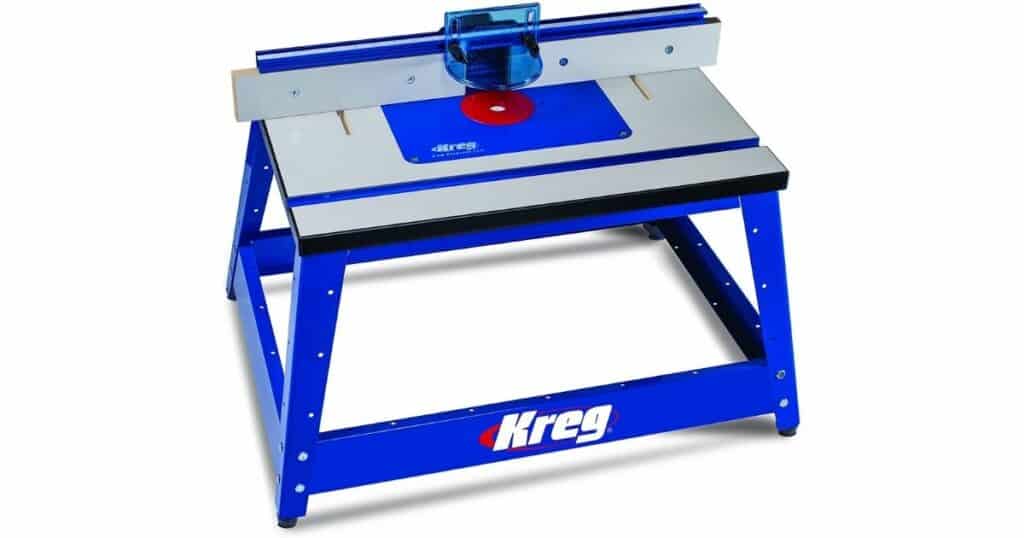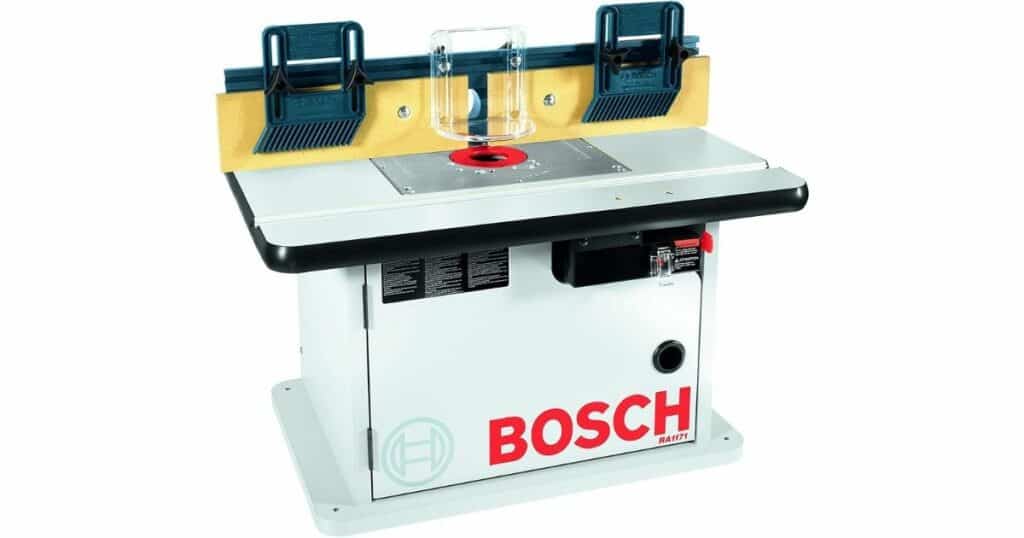Shaping is a fairly broad category when it comes to workshop skills. In one sense or another, just about anything you do to a workpiece with a tool alters its shape. Some shaping exercises don’t necessarily change the size of the workpiece, but rather alter its appearance or, in some cases, prepare it to be joined with another work-piece. Routing, planing, filing and shaving or paring are the activities normally done for this purpose.
Shaping is the area of woodworking where hand tools are still used most prevalently. Hand planes, files, drawknives, spokeshaves and other hand-powered tools offer a level of precision and control that’s hard to find with power tools But for their part, power tools (particularly the router) are much faster and, for some types of shaping tasks, more accurate.
Making grooves, rabbets, dovetails and other joinery cuts is a perfect chore for the router, provided you use the correct router bit. Shaping complex edge profiles, like ogees and coves, is much easier to do with a router bit than with any hand tool.
Whether you’re using hand or power tools, the key to good results when shaping wood is not to try to remove too much material at one time. Make a habit of making several precise, controlled passes with the tool whenever possible.This will yield cleaner, more accurate results, and you’re less likely to ruin your workpiece: it’s tough to put wood back on once you cut it off.
Invest in a router table
A router is one of the most versatile power tools ever created, but mounted In a router table its usefulness and accuracy become even greater. Commercial models are available, but many handymen prefer to build their own. You can purchase kits for making the mounting plate, fence and even the table surface.
The router table shown to the right is made using an inexpensive bathroom vanity as a cabinet, with a piece of post-form countertop for the tabletop. If you plan to use your router table frequently, it’s a good idea to buy a dedicated router for it. Look for a fixed-base model with a 1/2-in. collet. A soft start feature will make the router table safer and easier to manage.
How to Use a Router Table
The router is one of the most useful tools in your woodworking shop, and just a few bits will allow to embellish your projects. The addition of a router table opens op even more possibility for making joints and more. In this video, WOOD magazine’s Jim Heavey shows you how to use a router table and some useful accessories for make a router table safer and more versatile.
Jim demonstrates how to use your router table to:
- Make trim for projects
- Joint board edges
- Make dowels
- Make identical furniture parts using templates
Let’s Talk About Router Tables
In this video we talk about router tables so that you can make an informed decision if you’re thinking about purchasing one. If you’ve already got one, you might learn something new so check it out.
- Do you need a big heavy cast iron floor standing unit or would you be better off with a smaller benchtop router table?
- What’s an insert plate?
- What’s a lift?
- Should you build or buy?
- How do I know if I’m using it right?
- Can I just upgrade the router table I have?
What To Look For in Router Table Tops
In this tool review, learn what to look for when shopping for router table tops. Ripped from WOOD magazine’s Weekend With Wood seminars, Bob Hunter gives you some ideas on what features to look for.
Best Professional Router Table Reviews (2021)
Top 5 Best Router Reviews in 2021. Best Professional Router Table. Best Benchtop Router Table. Kreg Router Table Review. What’s the Best Router Table?
